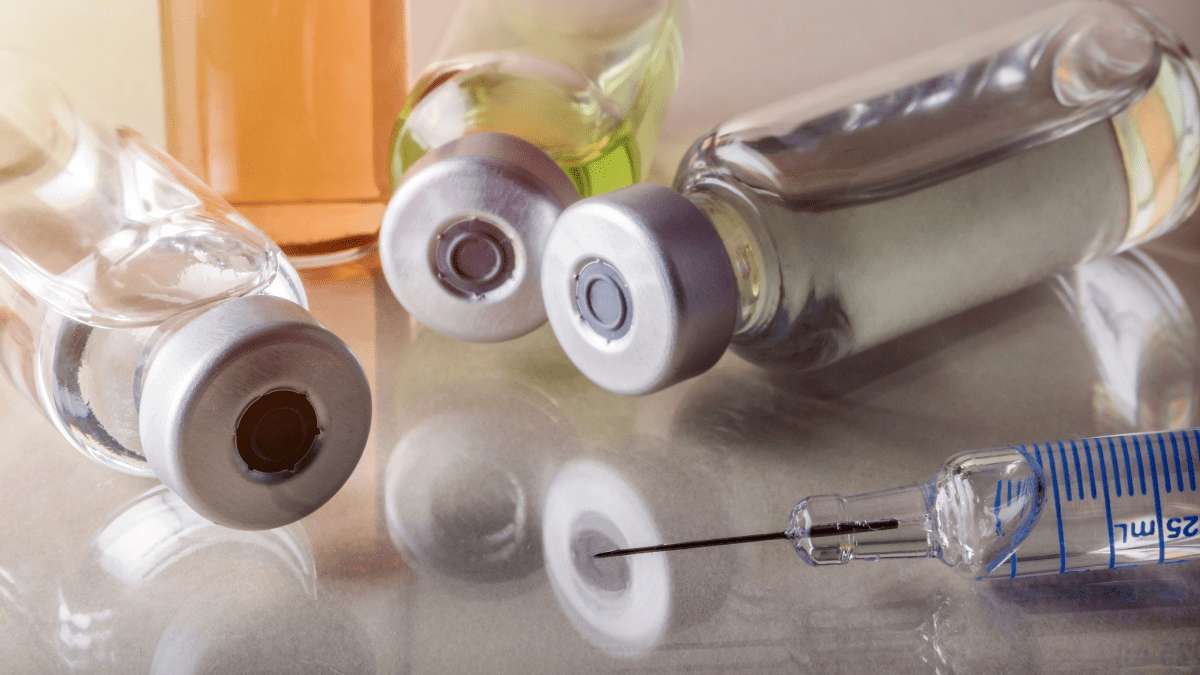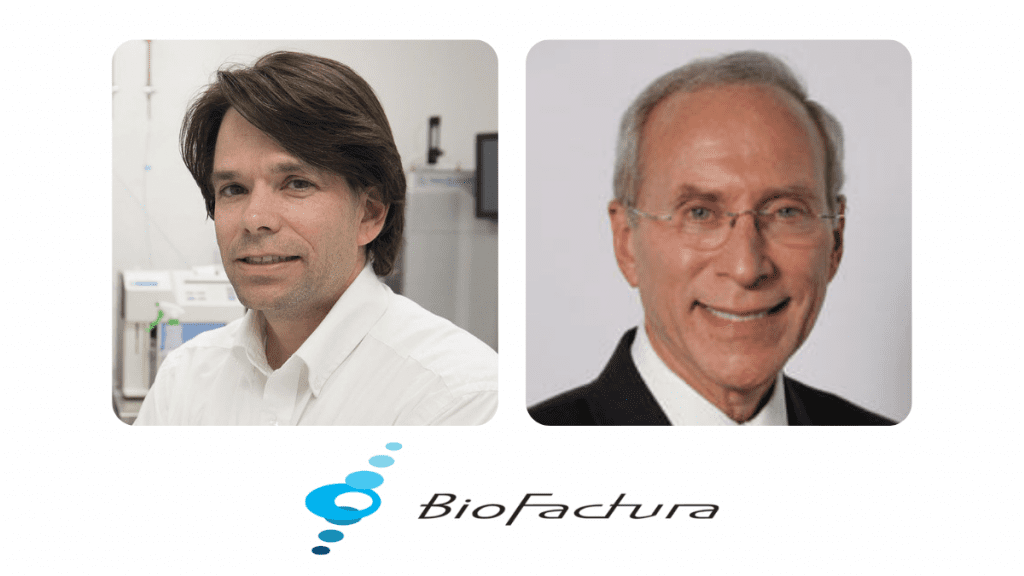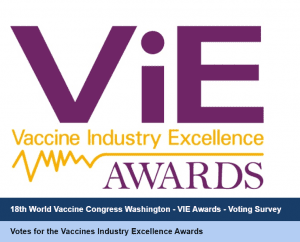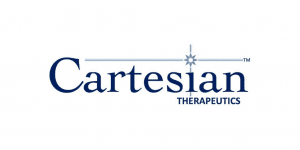
Despite Strong 2021 Performance, Headwinds Remain for Biosimilars Uptake
The whirlwind of COVID-19 vaccine and cell and gene therapy activity since 2020 made it easy to overlook a global biopharma market sector that could reshape the future of healthcare.
Biosimilars, also known as follow-on biologics, continued to capture greater market share and foment stronger competition with reference or brand name drugs in 2021. Increasing the number of biosimilars in the market and amplifying uptake by payers, family medical practices and pharmacies could be a gamechanger for patients and a healthcare system trying to reduce the cost of life-changing medicines.
“Biosimilars will be a driving force behind bending the rising cost curve of next generation biologics,” stated Darryl Sampey, Co-founder, CEO and President at BioFactura, a Frederick, Maryland biotech company.
Biosimilar drugs, which have to be similar but not identical to reference biologics, have the potential to get to market faster and at a significantly reduced cost. Where a novel biologic might take a decade to commercialize, biosimilars could be approved in half that time. Clinical trial sizes also tend to be significantly reduced and development costs can range between $80-$100M versus $1B or more for novel biologic products.
“Momentum is really building for greater biosimilar uptake in the market. The healthcare system and governments are demanding next generation medicines that are less expensive and have sustainable pricing,” added Sampey.
“With an aging population, particularly in the U.S., there will be a rapidly increasing demand for autoimmune and inflammatory disease treatments, which makes accessibility to highly effective, less costly biosimilars all the more important,” added Dr. Jeffrey Hausfeld, Chairman of the Board and Chief Medical Officer at BioFactura. “Biologic drugs have been game-changers in the treatment of diseases ranging from Crohn’s disease to cancer, and have proven to both extend the quantity and quality of patient’s lives. However only 4% of the U.S. population use biologic drugs, which accounts for 40% of the drug spend, and that is no longer sustainable,” stated Hausfeld.

BioFactura, which was founded in 2004, has long seen the potential for biosimilars.
The company has leveraged its proprietary manufacturing platform StableFast™ to develop two lead biosimilar candidates with a combined total market of approximately $14B. BioFactura has completed the clinical phase of a pivotal Phase 1 trial for a biosimilar for Janssen’s STELARA™, which is a leading treatment for plaque psoriasis (adults and pediatric), psoriatic arthritis, Crohn’s disease, and ulcerative colitis. STELARA’s patent expires in 2024. The drug’s high cost makes it an attractive opportunity for a biosimilar that can potentially offer patients a lower cost, effective alternative. In addition, BioFactura is developing a biosimilar for SIMPONIⓇ, which is another leading autoimmune and inflammatory treatment.
According to BioFactura’s market research, the global biosimilars market is trending up:
- The global biosimilars market is projected to be $35.7B by 2025
- For U.S. biosimilars already on the market, data show that biosimilar market share jumped from 20% to 25% in the first year of launch to 75% in just 5 years
- 2020 also saw a 65% jump in the number of U.S.-approved biosimilars and a 157% increase in available biosimilars
- 65% of physicians also indicated they are prepared to prescribe biosimilars if it results in a meaningful cost difference for patients
AMGEN Biosimilars’ 2021 Biosimilars Trends Report supports BioFactura’s positive outlook on biosimilars.
According to the report, AMGEN expects “…growth in the number of biosimilars, both in terms of breadth and depth. As of Q2 2021, the FDA lists 90 proposed biosimilar products enrolled in the FDA’s Biosimilar Development Program, an almost 60% increase since October 2015. This growing number of biosimilars will likely lead to a rapid evolution in the US biosimilars marketplace.”
However, despite these encouraging trends challenges remain across multiple fronts for biosimilars. Significant headwinds continue to generate resistance to biosimilars capturing more market share and increasing competition against reference/brand drugs.
Market Headwinds
Reference Drug Sponsor Resistance and Litigation
Reference drug sponsors have attempted to suppress biosimilar uptake in order to protect market share and revenue streams. This is perhaps the strongest headwind facing greater adoption of follow-on drugs in the U.S. marketplace.
Alleged patent abuses by reference drugs sponsors are, according to the Association for Accessible Medicines (AMA), stultifying wider biosimilars adoption.
According to a recent white paper from the AMA’s Biosimilars Council, “…recent years have witnessed efforts by some brand-name pharmaceutical companies to accumulate dozens of patents near the end of the product lifecycle under the guise of “innovative” processes or development that warrant additional protections. In many cases, these late-stage patents are filed when there have been no changes made to the product manufacturing process or the underlying product itself. Under this scheme, some brand-name pharmaceutical companies prolong a brand-name biologic’s monopoly pricing and delay patient access to more affordable, FDA-approved biosimilar medicines.”
“These patent thickets chill competition by discouraging biosimilar competitors from entering a market because of the exorbitant cost of litigating meritless patents. A biosimilar treatment cannot come to market until this litigation has been resolved. Indeed, this is why fewer than half of the 20 FDA approved biosimilars are available to U.S. patients,” according to the white paper.
The white paper goes on to note that some biosimilars have experienced up to a two year gap between FDA approval and getting their product into the market. These delays caused by litigation have resulted in an approximate $7.6B loss in biosimilar savings for the healthcare industry since 2012, according to the AMA.
What’s more, reference drug sponsors have actively discouraged insurance companies from covering biosimilars via various incentives and complex formulary rules around what drugs will be reimbursed by payers. Both spurious patent litigation and insurance coverage manipulation have contributed to suppressing biosimilar uptake and are part of a matrix of resistance from big brand drug sponsors seeking to keep prices elevated and profits strong.
Eliminating patent abuses and insurance coverage schemes will take a coordinated effort from a host of stakeholders intent on expanding access to life-changing drugs and lowering healthcare costs for employers, governments, and patients.
“Our European physician colleagues have shown us that the use of biosimilars makes these biologics more accessible, reduces overall healthcare costs, and results in improved outcomes for patients” shared Hausfeld.
Funding
As stated earlier, biosimilars, when compared to brand name/reference products, have a simpler regulatory pathway, cost significantly less to commercialize, and can get to the market faster. These attributes would seemingly make biosimilars an attractive target for most if not all life sciences investors and venture capital groups.
This has not been the case, however.
U.S. venture capital has not yet taken a shine to biosimilars. For U.S. venture capital investors and firms looking for big risk, big reward biotech investments, sectors like cell and gene therapy, for example, fit this profile better than biosimilars. Like cell and gene therapies, biosimilars represent a relatively new sector with complex manufacturing processes; unlike cell and gene products that can have huge upsides, biosimilars have a lower return on investment ceiling, but an inherently de-risked path to market.
To date, there has been a greater willingness to fund biosimilars in Europe where venture capital investment tends to be more conservative in nature. The European Union (EU) was also an early adopter of biosimilars, which could explain the EU’s greater openness to investing in this drug class. Biosimilars have been available in the EU since 2004 whereas in the U.S. they are a newer entrant to the market.
“We’ve had very strong interest from investors in the EU. However, the U.S. venture capital ecosystem has been resistant so far. Part of this reluctance to invest in biosimilars stems from unfamiliarity with these products as well as ongoing push back from reference drug sponsors and insurers that simply don’t want to see more biosimilar competition in the market,” stated Hausfeld, who recently spoke about the U.S. biosimilars investment market at the BioPharmaSynergy in Amsterdam.
“Once some of these barriers are removed or reduced, U.S. investors will be able to see that there’s significant upside to investing in a company that can repeatedly commercialize biosimilars for branded drugs coming off patent. A novel biologic gets approved and hits the ‘jackpot’ rarely. Once some obstacles fall to the side, a company that can commercialize several biosimilars in a shorter window of time for less cost will suddenly become much more attractive to U.S. venture capital investors,” he added.
Supply Chain Bottlenecks
Biosimilar development and manufacturing aren’t immune to the global supply chain bottlenecks that were exacerbated by the pandemic.
The shutdown of manufacturing facilities across the globe due to the pandemic has caused a slow down in production of raw materials and products. Now that the pandemic looks to be improving in some regions, the biologics manufacturing sector is re-emerging but is still playing catch up to reach previous production outputs. This has led to manufacturing lead times as long as 18 months in some cases.
“It’s often said in our industry that ‘The process is the product.’ This is never more evident when considering the supply chain and the implications it has on the manufacturing process, which is essential to the manufacture of a biosimilar that looks like a fingerprint of the originator drug,” stated Sampey.
“The pandemic has certainly made things tougher for biosimilars companies. But I think these challenges—and the necessary supply chain improvements sparked by the global vaccine push— have yielded supply chain innovations and new strategies that will benefit our industry moving forward, especially after the pandemic’s impact recedes,” he added.
Competition for Talent
Developing, manufacturing and delivering biosimilars is a complex process that requires experienced, skilled professionals from the bioprocessing lab and manufacturing floor to the professional service departments and C-suite.
The global biotech boom has meant greater competition for a limited pool of top biotech talent. The biosimilars sector is experiencing hiring challenges as well, particularly as companies reach a growth phase where scaling operations cannot happen without bringing on new talent.
For BioFactura this means continuing to tap into the ample talent resources found in the Frederick, Maryland biohub while also building upon an already strong workplace culture built on an entrepreneurial, problem-solving esprit de corps where advancing one’s career is all about passion and performance.
For the biosimilars sector in general, overcoming talent obstacles will require more workforce development investment by governments and university systems, as well as greater intent and commitment from biotechs around building talent strategies anchored by employer branding that attracts talent and can keep it over the long haul.
What’s Next for the Biosimilars’ Market?
The AMGEN report referenced earlier projects that over the next several years biosimilars will expand into pharmacy benefit reimbursements; there will be more biosimilars in more therapeutic areas; and there will be the approval of additional interchangeable biosimilars in the U.S. AMGEN also notes that the biosimilars will have a significant impact on the autoimmune biologics market sector in the next two to three years.
“What we’re witnessing in the biosimilar market right now is the start of a paradigm shift in the biopharma market and the wider healthcare system. Stronger competition due to accelerating biosimilar market share uptake will help bring more biologic medicines at lower costs to payers, employers and, most importantly, patients,” stated Sampey.
“At the end of the day, biosimilars still face market challenges but they’re not insurmountable by any means. Bending the cost curve and increasing patient access to life-changing therapies is the mission and we’ll get there. At BioFactura, we’re doing our part to make this happen and we’re very excited about the future,” added Hausfeld.
- About the Author
- Latest Posts
Steve brings nearly twenty years of experience in marketing and content creation to the WorkForce Genetics team. He loves writing engaging content and working with partners, companies, and individuals to share their unique stories and showcase their work. Steve holds a BA in English from Providence College and an MA in American Literature from Montclair State University. He lives in Frederick, Maryland with his wife, two sons, and the family dog.







